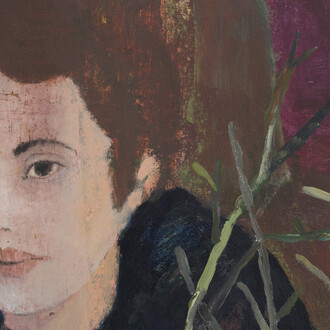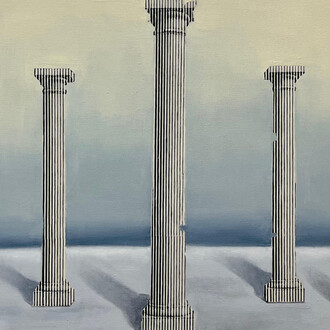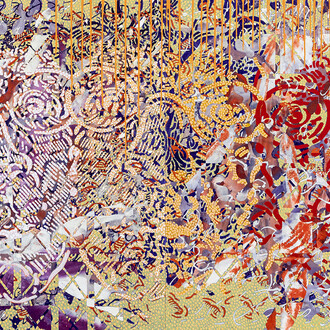The exhibition traces the life of this artist, born in Italy and a Parisian by adoption, who also had a brilliant career in the United States. A highly talented portraitist, he was much sought-after by a cosmopolitan elite, celebrities, the Parisian smart set and the first American film stars. His life was marked by decisive encounters and friendships with men of letters, such as Tolstoy in Russia and George Bernard Shaw in Paris, with whom he shared a vegetarian lifestyle, somewhat unusual for the era. In addition to the portraits that made his name, the exhibition also highlights his animal sculptures along with his work on behalf of animal rights, of which he was an ardent advocate well ahead of his time.
Developed in partnership with the Museo del Paesaggio in Verbania, the exhibition provides an opportunity to present a part of Troubetzkoy’s studio collection, which was bequeathed to the Italian museum after his death. It is an invitation to look at his practice and very recognizable style with fresh eyes. The way in which Troubetzkoy worked on his models, in energetic little touches that catch the light and make it vibrate on his bronze casts’ surfaces, raises the question of impressionism in sculpture.
As visitors walk through the exhibition, they will discover a sensitive, modern artist who renders the fluidity of bodies, the energy of movement, and the strength of characters with remarkable subtlety. His work, which spans the late 19th and early 20th centuries, creates a vivid picture of the Belle Époque. A catalogue featuring sumptuous illustrations has been published to mark the occasion.
Although Paris enabled Troubetzkoy to launch his career at international level, Milan, where he settled in 1884 at the age of 18, was the city that enabled him to discover himself, train and define himself as an artist free of all academic constraints. There, he got to know the main actors in the Scapigliatura literary and artistic movement, the painters Ranzoni and Cremona, as well as the sculptor Grandi, who all played a major role in his first years of training. He made a name for himself among the public at large by participating in the city’s main exhibitions (Brera, la famiglia artistica and La permanente) every year from 1886 to 1897. He created his first masterpieces in Milan, including the bust of the painter Giovanni Segantini modelled in 1896, whose bronze edition enjoyed enormous success. The first people to commission Troubetzkoy’s work were from Milan. It was also through the good offices of a Milanese engineer that eight of the artist’s sculptures were presented at the World’s Columbian exhibition in Chicago in 1893, and that four of them were shown the following year at the California midwinter international exhibition. Young for the city’s museum, which induced the sculptor to go to California in 1917. Throughout his career, Troubetzkoy continued to exhibit in Milan, up until 1936, two years before his death.
















